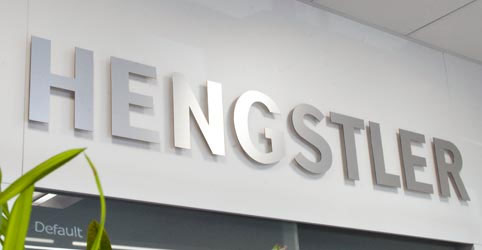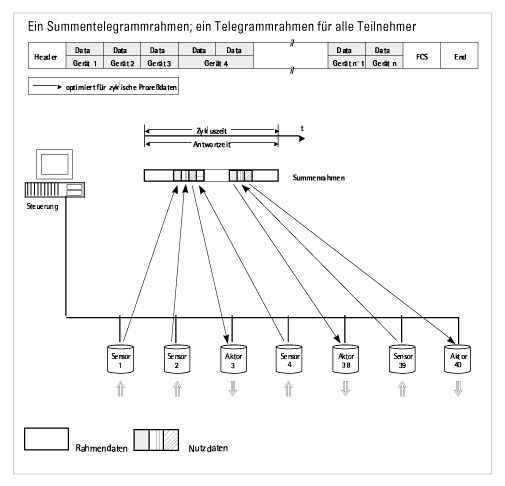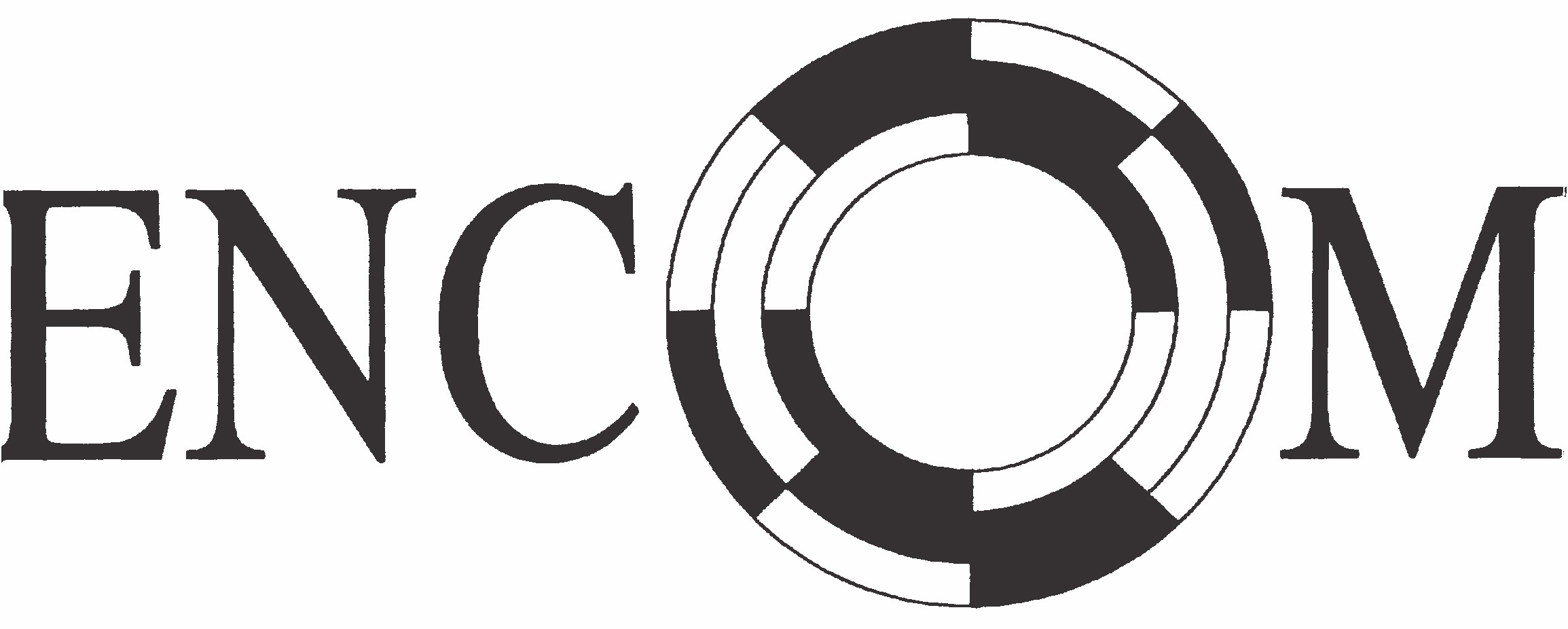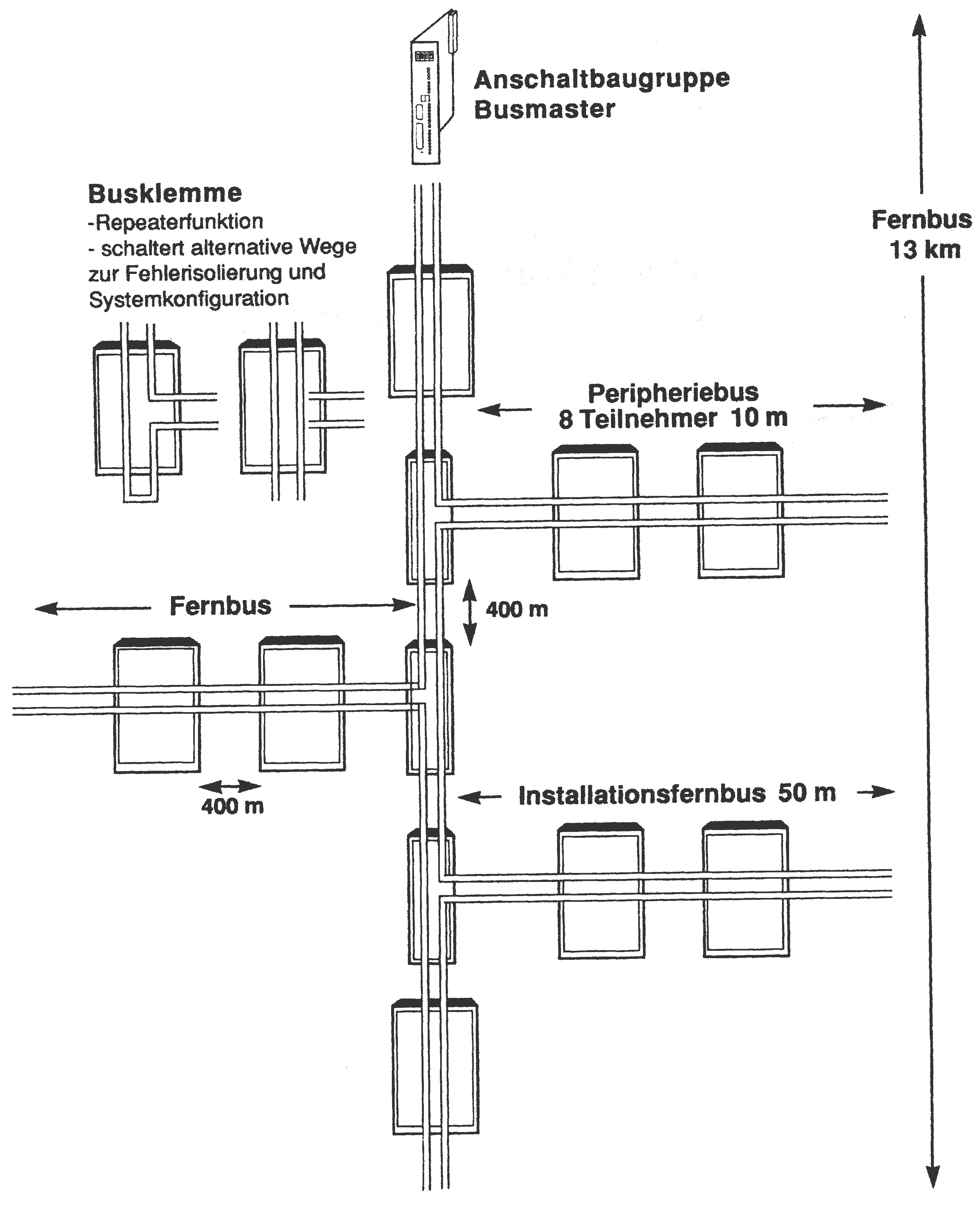INTERBUS
GENERAL
INTERBUS is a real-time bus for the sensor/actuator level, which can transmit data with small overhead in the range of up to 4 bytes per participant for a maximum of 256 participants.
.
Transmission sequence
WHAT ADVANTAGES DO INTERBUS OFFER IN CONVENTIONAL PLANT WIRING ?
- lower cable costs and cable laying costs
- lower susceptibility to interference
- many formerly analog control signals are now available digitally and can be transmitted directly with INTERBUS
- simple planning, installation and commissioning
- high efficiency (net data rate): the relative share of the telegram header and the termination sequence disappears with increasing number of stations
- the data of all participants are saved at the same time and then transmitted
- the reaction time is easy to determine and depends only on the overall configuration of the system; this is important for control tasks
- constant sampling rate for setpoints and actual values; both are transmitted in one bus cycle
- Priority considerations are not necessary, since all participants have the same priority
- a system parameterization before commissioning is not necessary
- the data integrity is ensured by the 16 bit CCRCheck according to the CCITT polynomial performed at each transmission
- complex diagnostic software for the central bus controller: targeted isolation of a fault location is possible: in the event of a fault, it is possible to close the ring system in the individual bus terminals.
Devices with INTERBUS interface for the control and regulation of processes are now available from over 200 manufacturers.
The manufacturers of encoders are grouped together in ENCOM, manufacturers of drives in DRIVECOM.
By the user groups, the greatest possible benefit for the customer is to be achieved by standardizing the transmission.
The availability of devices with INTERBUS interface is high, and bus operation has already proven itself in industrial applications.
ENCOM-USER GROUP
The following device classes defined by ENCOM are used for absolute encoders:
class 2 (K2):
- 32 Bit process data
right-aligned
- read only
- without control and status bits
class 3 (K3):
- 32 Bit process data
- coded according to the manufacturer's specifications
- right-aligned
- 7 Status and control bits
TECHNICAL DATA
The INTERBUS is physically divided into:
Remote bus
- Voltage difference transmission RS 485
- max. cable length between two Bus Terminals:400 m
- max. cable length of the long distance bus in total:13 km
- max. 64 Bus Terminals/modules can be connected directly to the remote bus
Peripheral bus
- 5 V voltage interface
- max. total cable length of the peripheral bus: 10 m
- max. 8 modules can be connected
Installation remote bus
- for modules with protection class IP65 (e.g. absolute encoders from HENGSTLER)
- Voltage difference transmission RS 485
- max. total cable length: 50 m
- Connection via Bus Terminal or integrated T-connector
- each participant has a galvanically isolated voltage converter
- the 24 V supply can be fed via the bus cable or looped in at the T-distributor
- 8 modules can be connected.
The transmission speed is 500 kBit/s.
INTERBUS-DIAGNOSIS CONCEPT
In addition to the selection of error locations of the bus system, the diagnostic system has the possibility to display peripheral and controller errors. A 16-bit LED line available on most interface modules enables the central display of the decentralized process statuses.
.
- Status display of the inputs/outputs on the control system without programming device
- autonomous detection and display of an error with error location and type of error without programming by the user
- Retention of the usual diagnostics with the programming device
- independent of the control system the diagnostic display is always the same.




